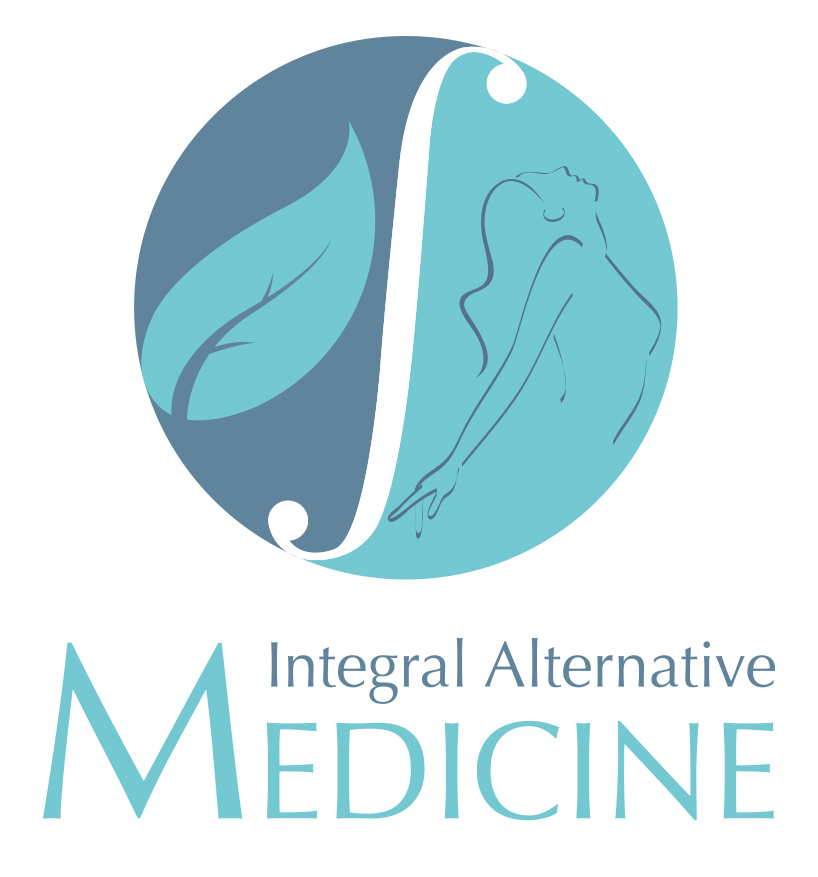
In a world where pain management often follows a one-size-fits-all approach, acupuncture offers a unique approach to personalized care. At Integral Alternative Medicine in Chicago, we delve deep into the realms of Traditional Chinese Medicine (TCM) to offer a unique path towards managing pain and chronic pain. In this post, we’ll talk about the intricacies of personalized acupuncture and how it can transform your experience of pain.
In a world where pain management often follows a one-size-fits-all approach, acupuncture offers a unique approach to personalized care. At Integral Alternative Medicine in Chicago, we delve deep into the realms of Traditional Chinese Medicine (TCM) to offer a unique path towards managing pain and chronic pain. In this post, we’ll talk about the intricacies of personalized acupuncture and how it can transform your experience of pain.
1. Understanding Personalized Pain Management
Pain isn’t just one thing—it comes in all shapes and sizes. It’s a complex interplay of individual symptoms, life experiences, and physiological imbalances. Unlike conventional Western medicine, which often treats pain as a singular condition, TCM acknowledges the unique nature of each person’s suffering. By taking a closer look at your own unique pain symptoms, we can uncover the root causes and tailor a treatment plan that addresses your individual needs.
2. TCM Diagnosis: A Window into Your Pain
Central to the practice of acupuncture is the art of diagnosis in TCM. Rather than categorizing pain into generic labels, we discern distinct patterns that guide our therapeutic approach:
- Qi Stagnation: This pattern manifests as pain that shifts and fluctuates, often accompanied by feelings of tension and emotional turbulence. It signifies a blockage in the flow of Qi, the vital life energy.
- Blood Stasis: Sharp, stabbing pain localized in specific areas characterizes this pattern, suggesting a hindrance in blood circulation. It’s commonly associated with old injuries or chronic conditions.
- Cold-Damp Accumulation: Pain exacerbated by cold, damp weather, coupled with sensations of heaviness and numbness, indicates an imbalance of cold and damp elements impeding Qi flow.
- Deficiency Conditions: Dull, lingering pain that improves with rest points towards an underlying weakness in the body’s energy system, necessitating nourishment and strengthening.
- Heat or Fire: Inflammation, redness, and swelling typify this pattern, signaling an excess of heat in the body exacerbating pain symptoms.
3. Identifying Your Path to Healing
As you mull over these descriptions, you might find some of the symptoms hitting close to home. This self-awareness is important—it’s like unlocking the first door on your unique journey through pain. Once you’ve got a handle on what’s going on, we can start tailoring a plan that’s just right for you.
4. Crafting Personalized Solutions
With a clear picture of your situation, we’re all set to kick off your journey towards feeling better. Whether it’s tackling that Qi stagnation, saying goodbye to stubborn blood stasis, or getting your body’s balance back on track, we’ve got your back.
Beyond acupuncture, our holistic approach encompasses lifestyle modifications, dietary recommendations, and herbal supplements to complement your healing journey comprehensively.
5. Discover Your Path to Wellness
Ready to take that first step towards a life with less pain and more energy? Contact Integral Alternative Medicine in Chicago to book a free consultation. Let’s team up and figure out how to bid farewell to those aches and pains once and for all. Embrace the power of personalized acupuncture and unlock a world of transformative healing tailored to your unique needs.
Disclaimer: This article contains general information about health topics and it is for educational purposes only. It does not constitute medical advice. If you have any questions related to your condition you should contact your doctor or healthcare provider. If you think you may be suffering from any medical condition, you should seek immediate medical attention.


